Cisco® 300-135 Exam Practice Questions (P. 1)
- Full Access (154 questions)
- One Year of Premium Access
- Access to one million comments
- Seamless ChatGPT Integration
- Ability to download PDF files
- Anki Flashcard files for revision
- No Captcha & No AdSense
- Advanced Exam Configuration
Question #1
A customer network engineer has made configuration changes that have resulted in some loss of connectivity. You have been called in to evaluate a switch network and suggest resolutions to the problems.
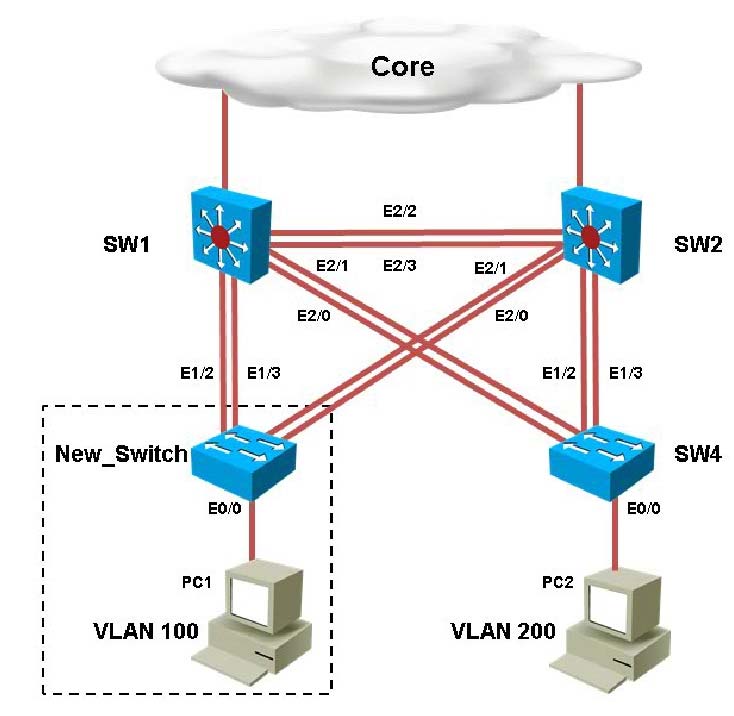
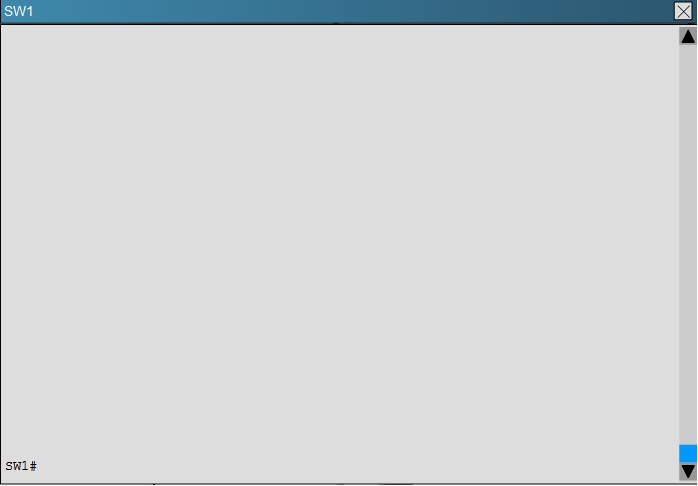
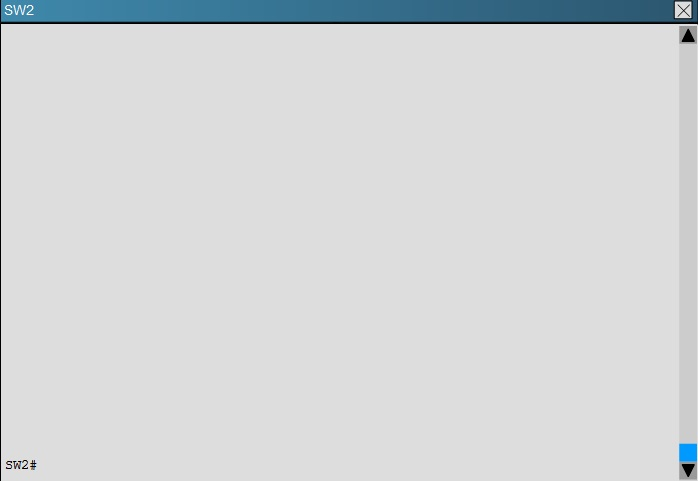
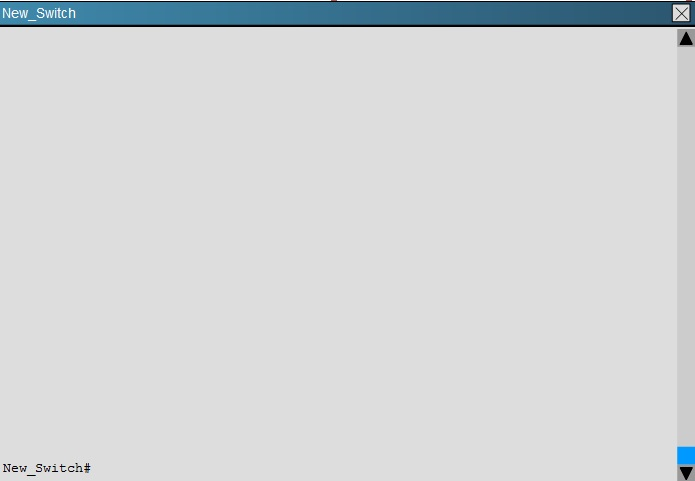

PC2 in VLAN 200 is unable to ping the gateway address 172.16.200.1; identify the issue.





PC2 in VLAN 200 is unable to ping the gateway address 172.16.200.1; identify the issue.
- AVTP domain name mismatch on SW4
- BVLAN 200 not configured on SW1
- CVLAN 200 not configured on SW2
- DVLAN 200 not configured on SW4
Correct Answer:
D
By looking at the configuration for SW2, we see that it is missing VLAN 200, and the "switchport access vlan 200" command is missing under interface eth 0/0:
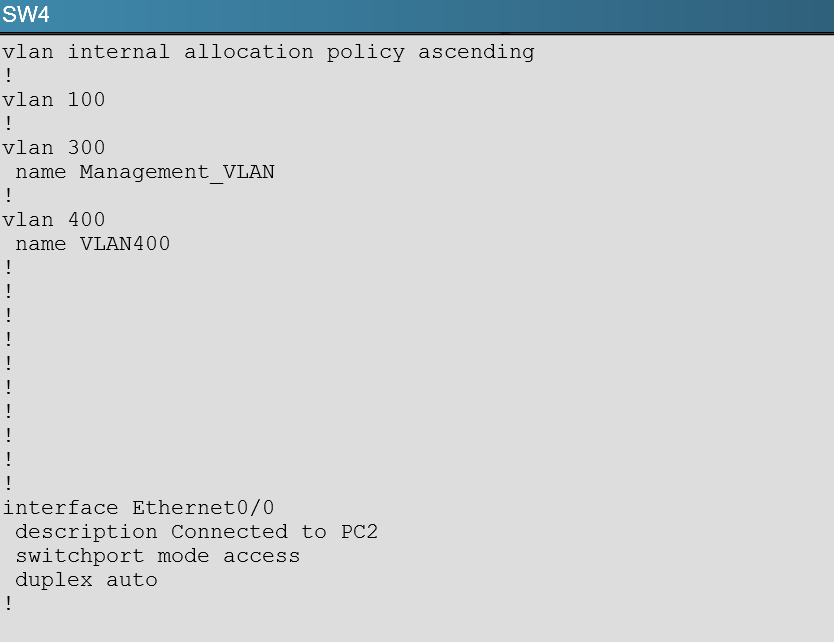
D
By looking at the configuration for SW2, we see that it is missing VLAN 200, and the "switchport access vlan 200" command is missing under interface eth 0/0:

send
light_mode
delete
Question #2
A customer network engineer has made configuration changes that have resulted in some loss of connectivity. You have been called in to evaluate a switch network and suggest resolutions to the problems.
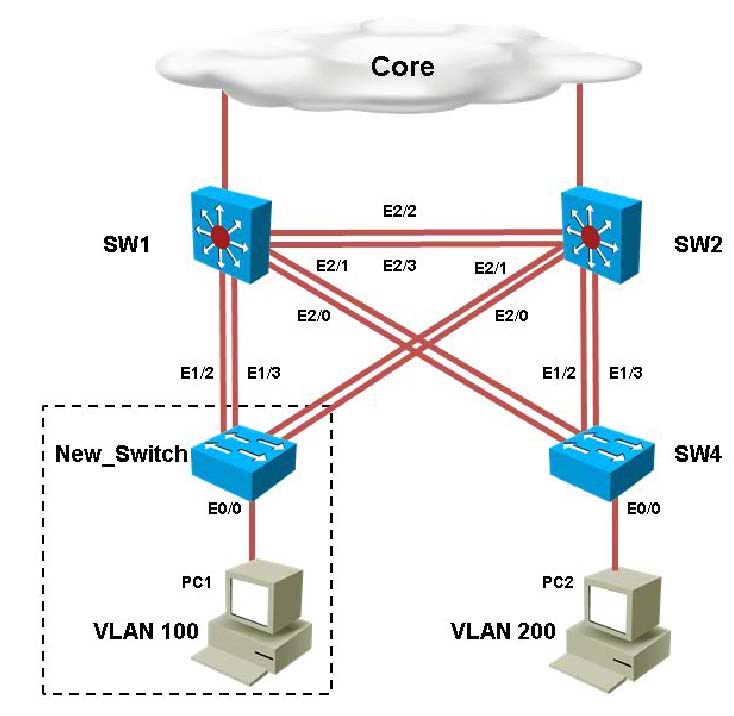
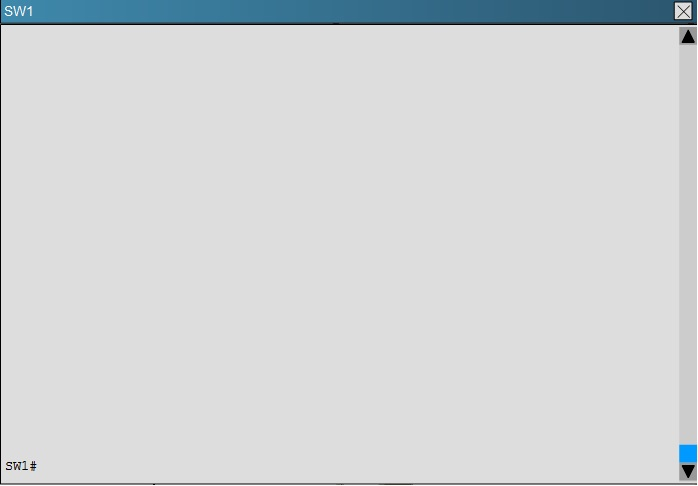
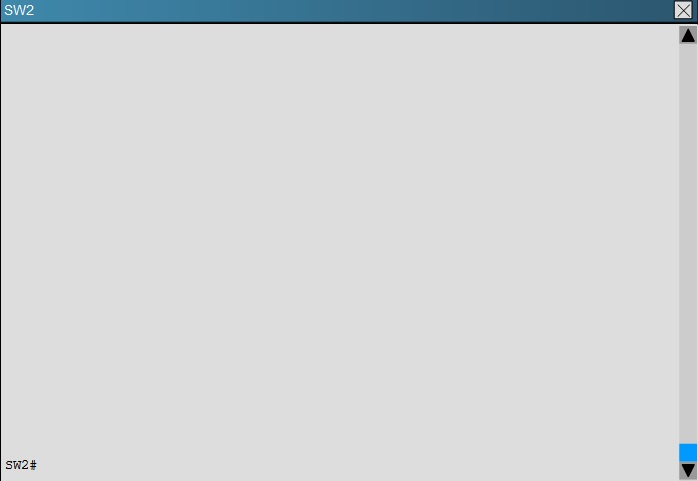
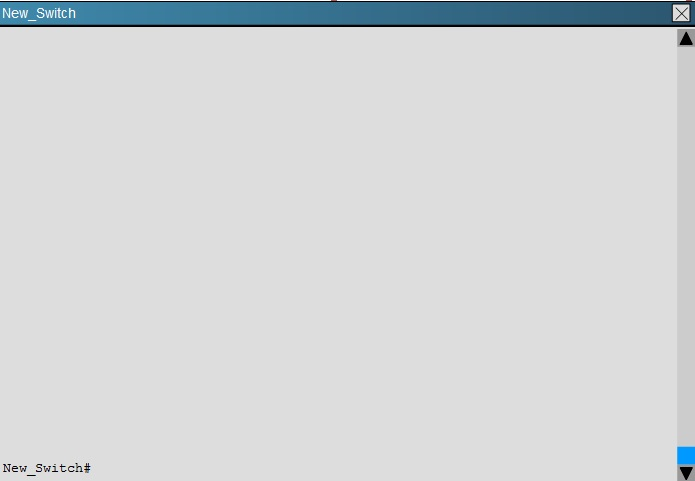
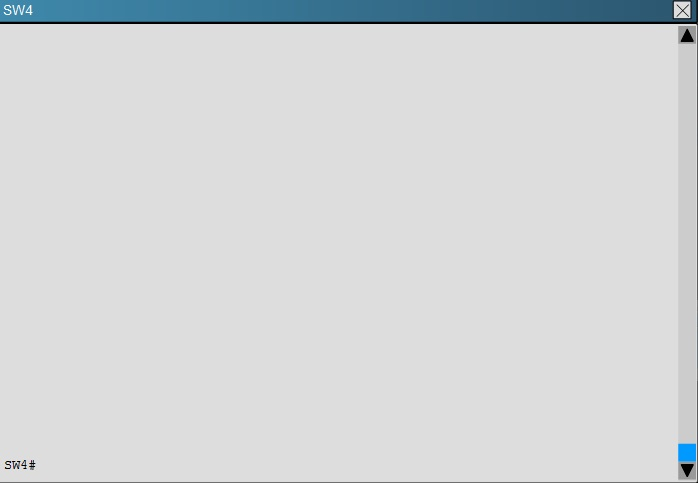
Which of statement is true regarding STP issue identified with switches in the given topology?





Which of statement is true regarding STP issue identified with switches in the given topology?
- ALoopguard configured on the New_Switch places the ports in loop inconsistent state
- BRootguard configured on SW1 places the ports in root inconsistent state
- CBpduguard configured on the New_Switch places the access ports in error-disable
- DRootguard configured on SW2 places the ports in root inconsistent state
Correct Answer:
A
On the new switch, we see that loopguard has been configured with the "spanning-tree guard loop" command.
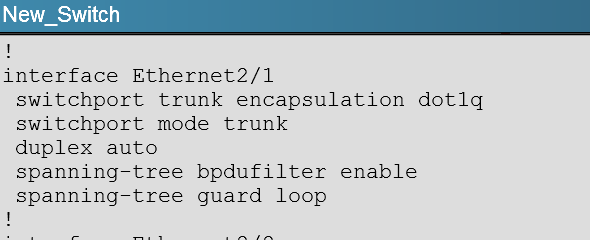
The loop guard feature makes additional checks. If BPDUs are not received on a non-designated port, and loop guard is enabled, that port is moved into the STP loop-inconsistent blocking state, instead of the listening / learning / forwarding state. Without the loop guard feature, the port assumes the designated port role.
The port moves to the STP forwarding state and creates a loop.
A
On the new switch, we see that loopguard has been configured with the "spanning-tree guard loop" command.

The loop guard feature makes additional checks. If BPDUs are not received on a non-designated port, and loop guard is enabled, that port is moved into the STP loop-inconsistent blocking state, instead of the listening / learning / forwarding state. Without the loop guard feature, the port assumes the designated port role.
The port moves to the STP forwarding state and creates a loop.
send
light_mode
delete
Question #3
A customer network engineer has made configuration changes that have resulted in some loss of connectivity. You have been called in to evaluate a switch network and suggest resolutions to the problems.
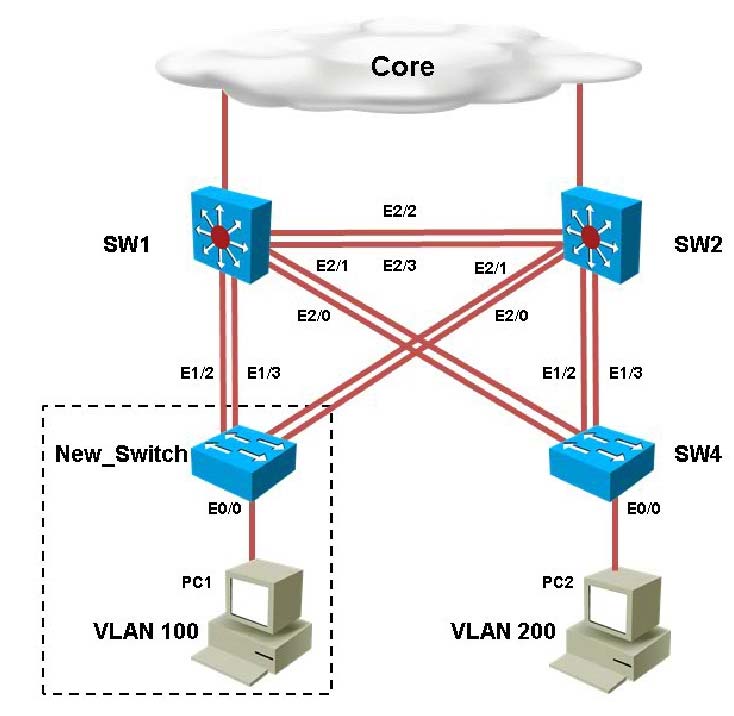
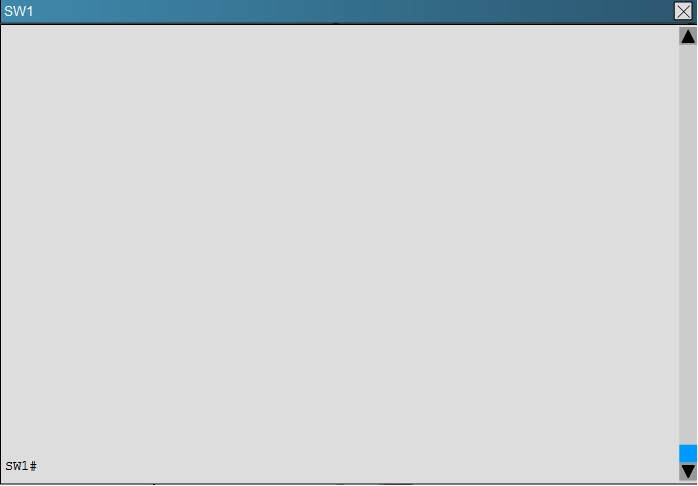
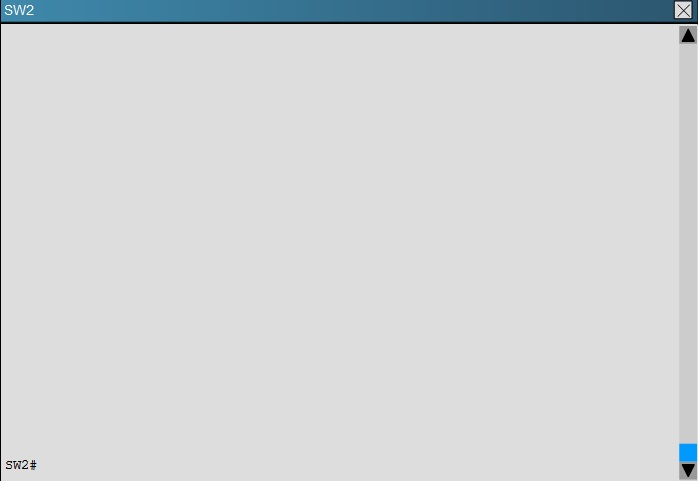
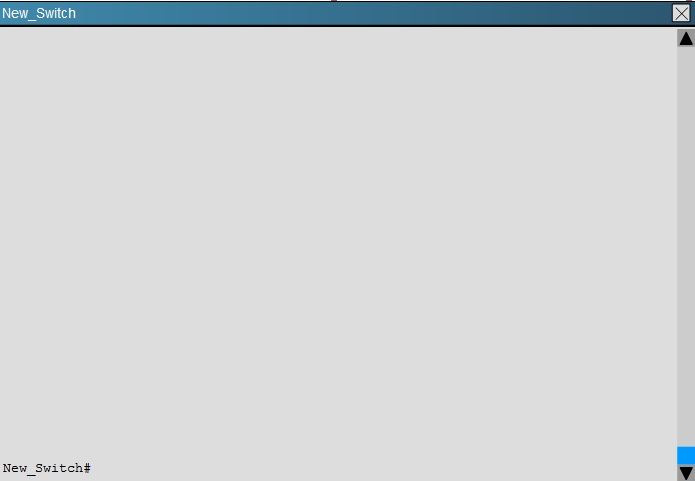
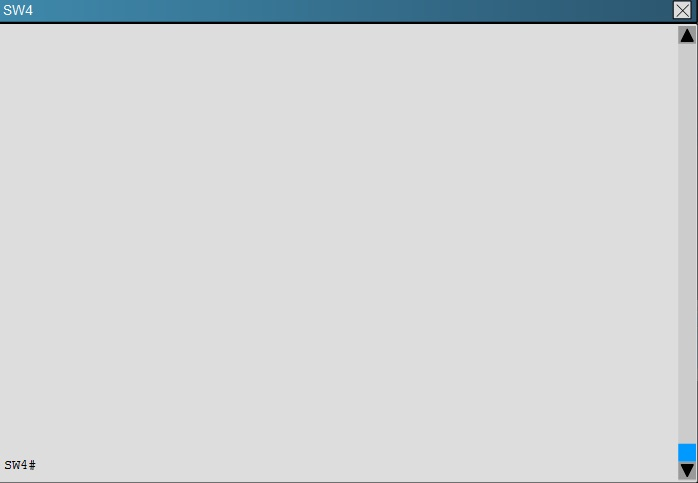
You have configured PVST+ load balancing between SW1 and the New_Switch in such a way that both the links E2/2 and E2/3 are utilized for traffic flow, which component of the configuration is preventing PVST+ load balancing between SW1 and SW2 links





You have configured PVST+ load balancing between SW1 and the New_Switch in such a way that both the links E2/2 and E2/3 are utilized for traffic flow, which component of the configuration is preventing PVST+ load balancing between SW1 and SW2 links
- APort priority configuration on SW1
- BPort priority configuration on the New_Switch
- CPath cost configuration on SW1
- DPath cost configuration on the New_Switch
Correct Answer:
D
Here is the configuration found on the New_Switch:
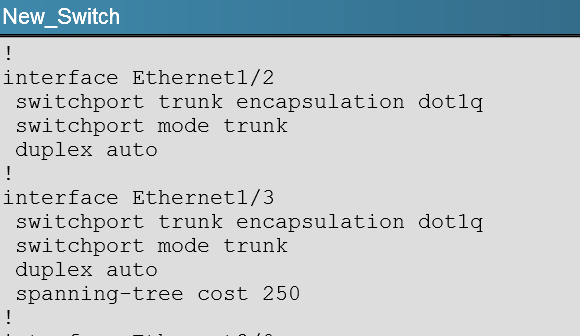
This causes the port cost for link eth 1/3 to increase the path cost to 250 for all VLANs, making that link less preferred so that only eth 1/2 will be used.
D
Here is the configuration found on the New_Switch:

This causes the port cost for link eth 1/3 to increase the path cost to 250 for all VLANs, making that link less preferred so that only eth 1/2 will be used.
send
light_mode
delete
Question #4
A customer network engineer has made configuration changes that have resulted in some loss of connectivity. You have been called in to evaluate a switch network and suggest resolutions to the problems.
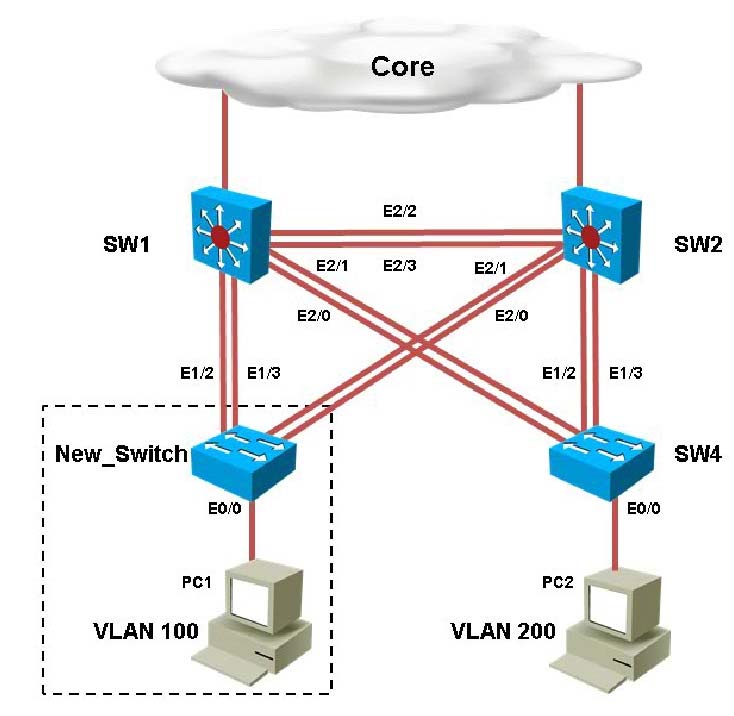
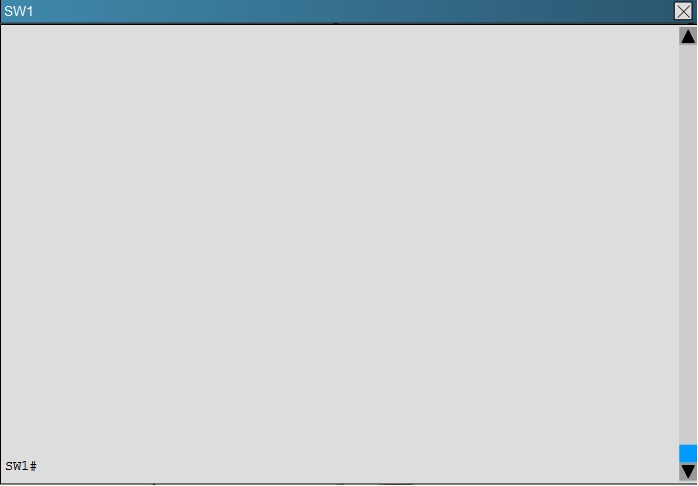
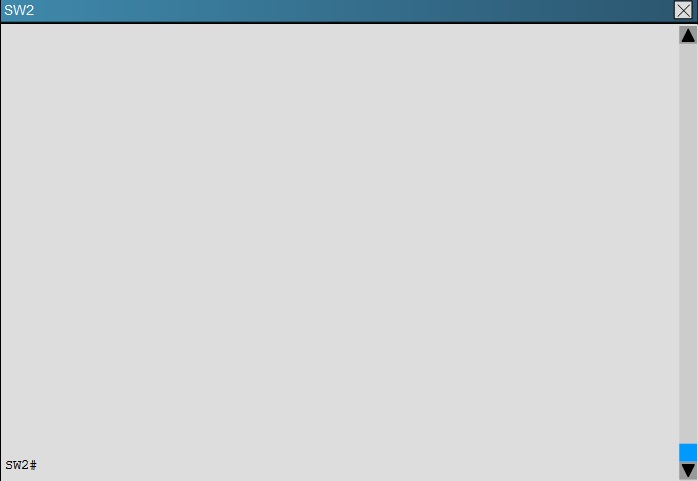
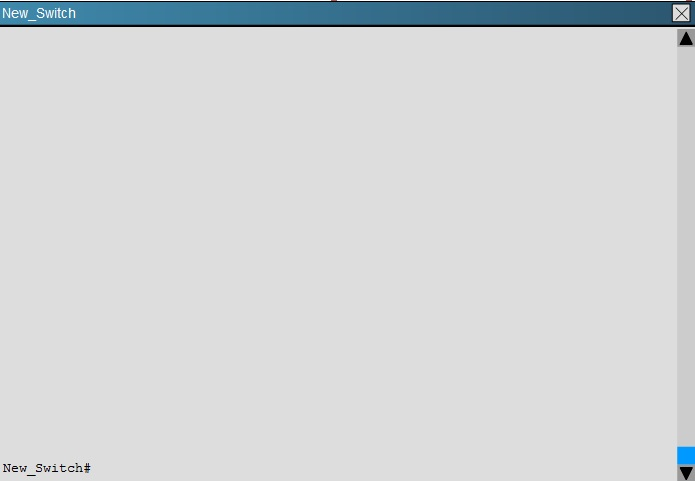
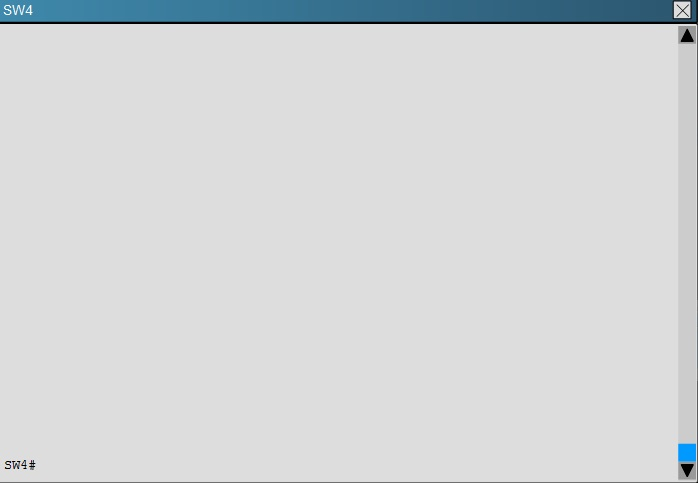
Refer to the topology.
SW1 Switch Management IP address is not pingable from SW4. What could be the issue?





Refer to the topology.
SW1 Switch Management IP address is not pingable from SW4. What could be the issue?
- AManagement VLAN not allowed in the trunk links between SW1 and SW4
- BManagement VLAN not allowed in the trunk links between SW1 and SW2
- CManagement VLAN not allowed in the trunk link between SW2 and SW4
- DManagement VLAN ip address on SW4 is configured in wrong subnet
- EManagement VLAN interface is shutdown on SW4
Correct Answer:
D
In the network, VLAN 300 is called the Management VLAN. Based on the configurations shown below, SW1 has VLAN 300 configured with the IP address of
192.168.10.1/24, while on SW4 VLAN 300 has an IP address of 192.168.100.4/24, which is not in the same subnet.
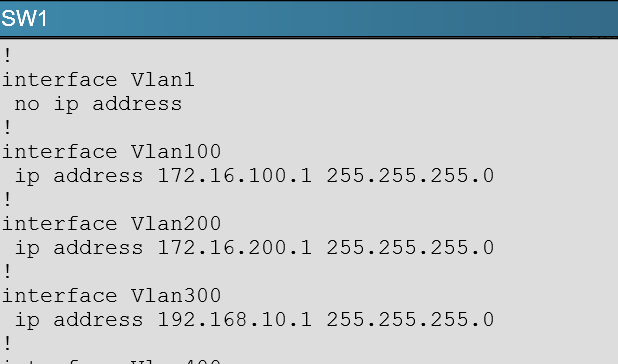
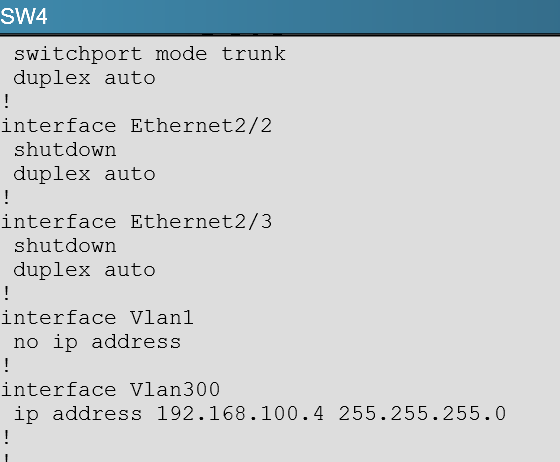
D
In the network, VLAN 300 is called the Management VLAN. Based on the configurations shown below, SW1 has VLAN 300 configured with the IP address of
192.168.10.1/24, while on SW4 VLAN 300 has an IP address of 192.168.100.4/24, which is not in the same subnet.


send
light_mode
delete
Question #5
You have been brought in to troubleshoot an EIGRP network. A network engineer has made configuration changes to the network rendering some locations unreachable. You are to locate the problem and suggest solution to resolve the issue.
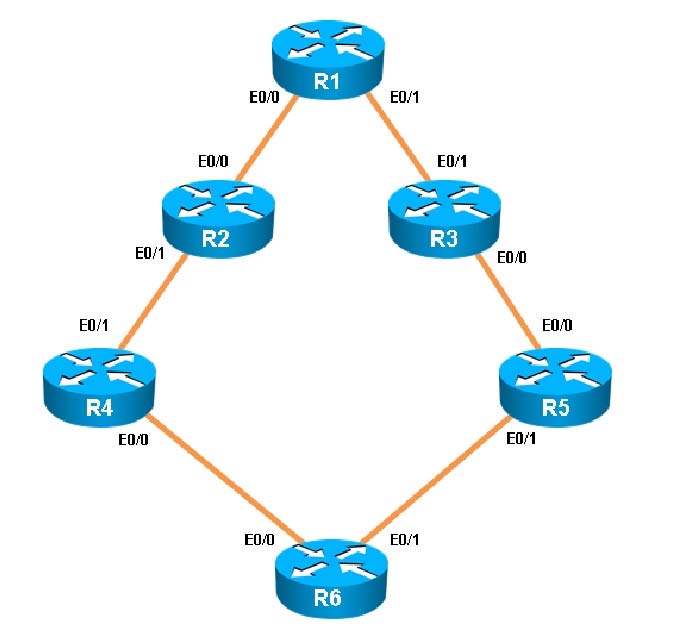
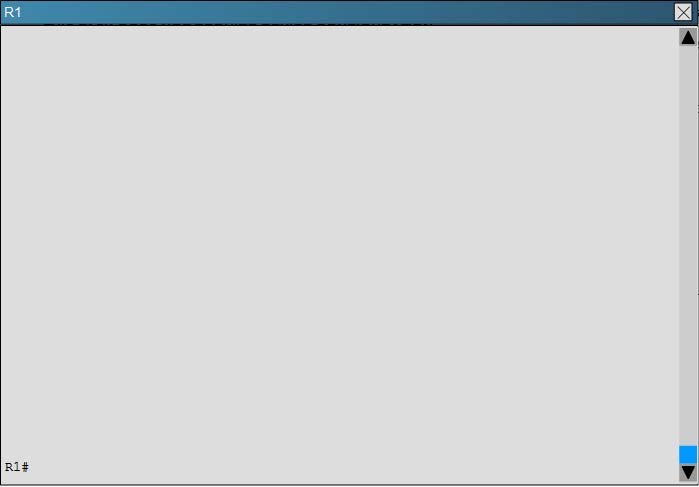
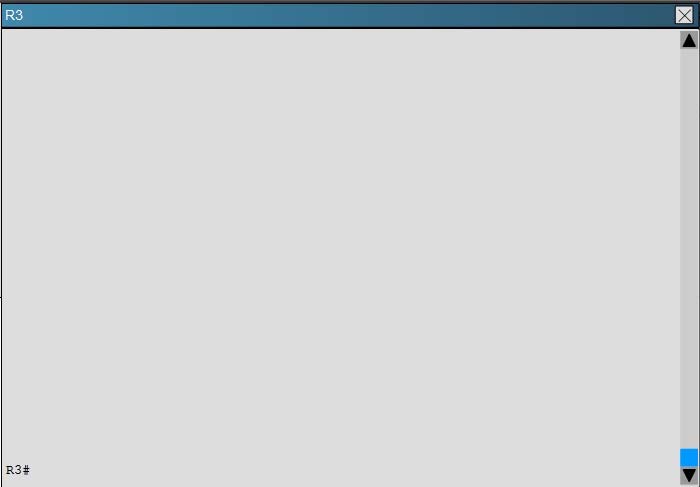
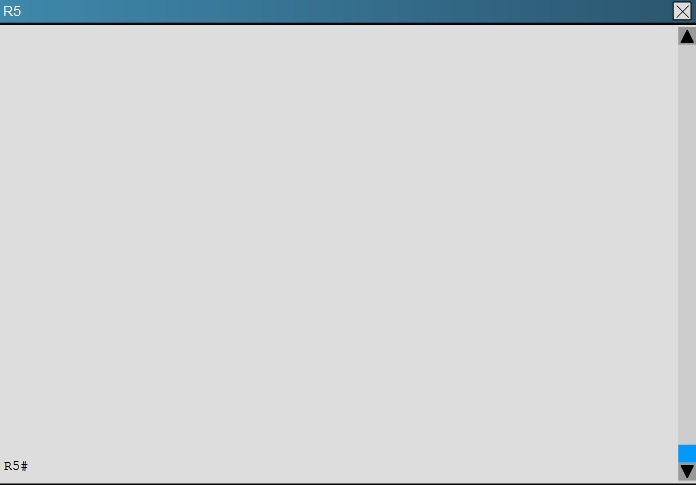
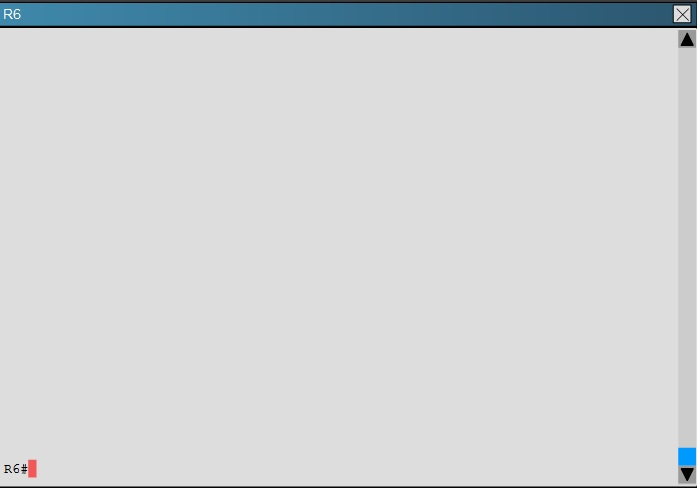
R5 has become partially isolated from the remainder of the network. R5 can reach devices on directly connected networks but nothing else. What is causing the problem?





R5 has become partially isolated from the remainder of the network. R5 can reach devices on directly connected networks but nothing else. What is causing the problem?
- AAn outbound distribute list in R3
- BInbound distribute lists in R5
- CAn outbound distribute list in R6
- DIncorrect EIGRP routing process ID in R5
Correct Answer:
B
Here we see that distribute list 3 has been applied to EIGRP on router R%, but access-list 3 contains only deny statements so this will effectively block all routing advertisements from its two EIGRP neighbors, thus isolating R5 from the rest of the EIGRP network:
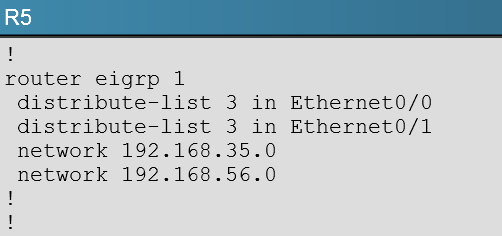
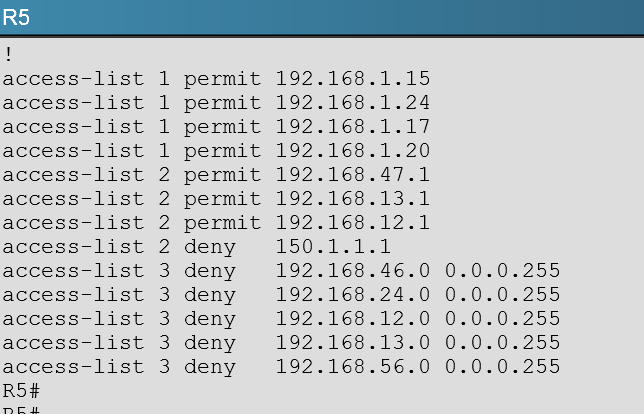
B
Here we see that distribute list 3 has been applied to EIGRP on router R%, but access-list 3 contains only deny statements so this will effectively block all routing advertisements from its two EIGRP neighbors, thus isolating R5 from the rest of the EIGRP network:


send
light_mode
delete
All Pages
